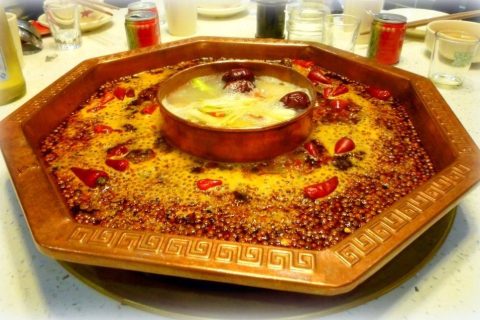Using Chopsticks – why I’m a convert!
30/11/2016
An estimated 33% of the world’s population (give or take) use chopsticks on a daily basis. For the …
Shopping in Zhuhai
01/04/2014
When I traveled to China I was only allowed to take a suitcase no heavier than 21 kg …
Getting used to eating spicy food
06/01/2014
I’m not good at eating spicy food, in fact in Germany I never eat anything spicy at all, …
Travelling in and around China: Japan
18/12/2013
China – the Kingdom of the middle- had a wide influence in Asia. In almost every neighboring country …







